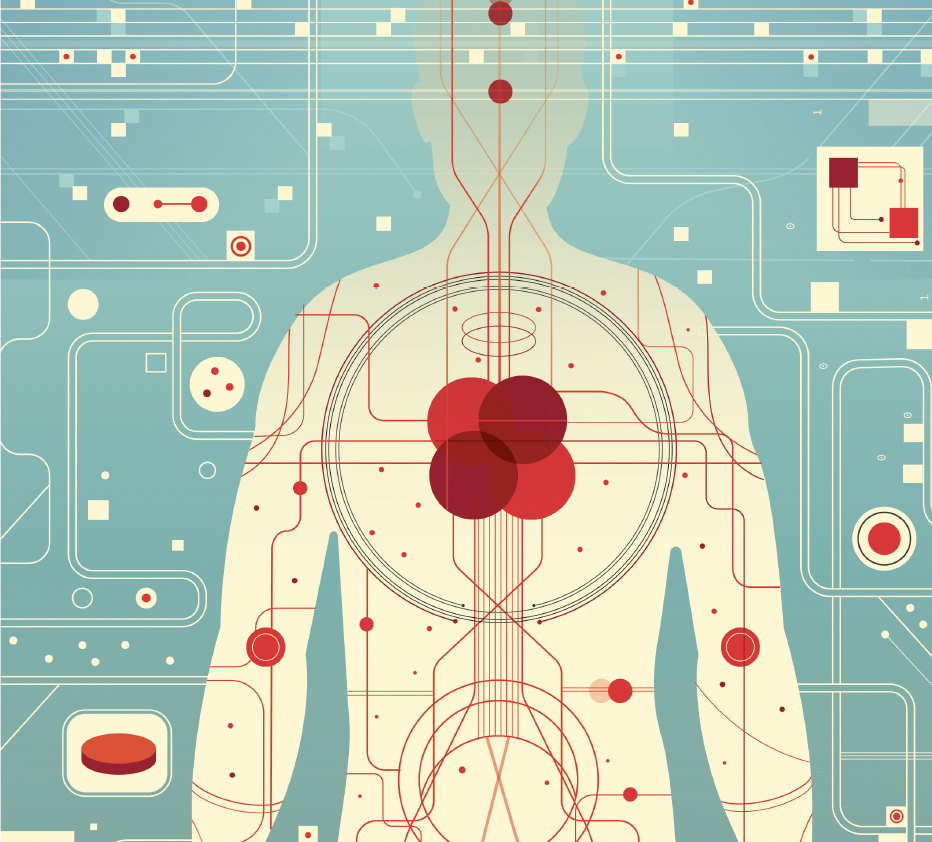
Precision EM: Entrustable Professional Activities
Holly Caretta-Weyer, MD is part of a national consortium developing new ways to predict and assess learning outcomes for emergency medicine trainees.
A New EM Training Paradigm
In 2016, Holly Caretta-Weyer, MD was the youngest participant in the Association of American Medical Colleges (AAMC) Core Entrustable Professional Activities for Entering Residency pilot where she helped create a pilot to define 13 skills medical students are expected to master before graduation. Five years later, these EPAs are being variably implemented at nearly every AAMC member school.
Now, Caretta-Weyer is translating this work into national standards for emergency medicine residency training to ensure residents have the data, resources, coaching, and individualized feedback to build their own box, so to speak.
Caretta-Weyer, a clinical assistant professor of emergency medicine, and the Emergency Medicine Residency Program Evaluation and Assessment Consortium are utilizing a five-year $1.25 million grant from the American Medical Association (AMA) to develop an ecosystem of assessment and predictive learning analytics as part of a shift to competency-based medical education.
An entrustable professional activity (EPA) is an “everyday physician activity,” ranging from repairing a simple laceration to resuscitating a victim of multisystem trauma. Caretta-Weyer’s project develops specific, measurable outcomes of EPA’s and helps move emergency medicine toward training that is data-oriented and facilitated by new technology. The goal is to create individualized or precision training for each trainee at any given point in their education.

